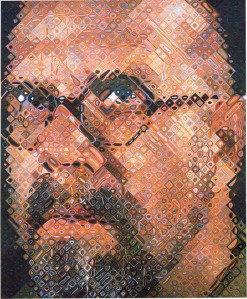 I’ve just returned from a family trip to Rhodes, the now-Greek island where my mother and her family lived until they fled the Nazis in 1939. They lived in the Jewish Quarter of the Medieval Old Town of Rodos at the northern tip of the island. Although the island is 60-miles long, most of the attention is lavished on Rodos, where thousands of cruise ship tourists flock to enjoy a bevy of Greek restaurants, inexpensive souvenirs, nightclubs and plenty of marked (and unmarked) archeological ruins just past the main streets.
I’ve just returned from a family trip to Rhodes, the now-Greek island where my mother and her family lived until they fled the Nazis in 1939. They lived in the Jewish Quarter of the Medieval Old Town of Rodos at the northern tip of the island. Although the island is 60-miles long, most of the attention is lavished on Rodos, where thousands of cruise ship tourists flock to enjoy a bevy of Greek restaurants, inexpensive souvenirs, nightclubs and plenty of marked (and unmarked) archeological ruins just past the main streets.
Now that I’m back, I’m trying to reflect on what I saw in Rhodes, how I felt, and to find some meaning in the juxtaposition of the island’s past with its current form.
Rhodes has a long and varied history. Many know it for the Colossus of Rhodes, one of the Seven Wonders of the Ancient World, but there’s much more to it than that. The largest of the Dodecanese Islands, lying between Greece and Turkey, it was first settled during the 15th Century B.C. E. Over the next six centuries, the 540-square-mile island fell into the hands of the Achaeans, the Dorians, the Romans, the Persians, the Seldjuks and the Byzantines. The Byzantines fortified the city with a thick brick wall in 1261 A.D., and in 1309 the Knights of St. John of Jerusalem settled in the city after returning from the Holy Land. The Turks captured Rhodes from the Nights of St. John in 1522, making it part of the Ottoman Empire. But they lost the island to the Italians during the Italo-Turkish war of 1912. At the time, the Italians annexed all the Dodecanese Islands to the Italian Empire. After World War II, in March 1947, the Dodecanese Islands were annexed to Greece.
The Jews of Rhodes grew from a community of 400 to 5,000 before World War II. They led a vibrant Jewish life that centered around several schools and five synagogues. That is, until the entire community was wiped out on July 23, 1944, when Hitler’s Nazis rounded up the remaining 1,673 Jews on the island and sent them to Auschwitz concentration camp. Only 151 survived.
My mother’s family fled Rhodes in 1939 – something that in retrospect was a huge blessing. Of course, they didn’t realize that at the time, as they became refugees and left behind family and friends. Because of this luck, the family survived and eventually earned visas to enter the United States in 1946 after spending seven years in Tangier, Morocco. I grew up with the story and have chronicled it in A Hug From Afar, which details the family’s immigration story through letters and documents my mother Claire Barkey wrote to her uncle Ralph and aunty Rachel Capeluto in Seattle. As a result of this book, I’ve been immersed in the family’s story for many years. It’s been a large part of my life.
So, what would it be like to return to Rhodes in 2017 – with my husband, two adult sons and several other family members? I went to Rhodes the first time in 1999, for an amazing reunion of 37 family members, including four Barkey siblings to guide us around their old stomping ground.
I was looking forward to this trip, where we would be joined by two cousins’ families and my mother’s youngest sister. I was excited to introduce my immediate family to this beautiful and historic island.
One of the highlights of a return to Rhodes is visiting the Kahal Shalom Synagogue, the oldest synagogue in Greece, established in 1557 during the Ottoman era. It still stands in the Jewish quarter of the Old Town and has been exquisitely preserved and renovated with the help of foreign donors. In 1997, the Jewish Museum of Rhodes, in the former women’s section of Kahal Shalom, was established to preserve the Jewish history and culture of the Jews of Rhodes.
Our group toured the synagogue and museum on our first full day in Rhodes, spending time reading the history and looking at the artifacts in the museum and joining together to read three psalms to commemorate the event at the synagogue. We noted the plaque outside the synagogue door naming all the families who perished in the Holocaust, including two of my mother’s aunts’ families and several other families with descendants in the Seattle Jewish community. We chatted with other visitors, playing “Jewish geography” until we found common friends and relatives. We checked out the small gift shop and spoke to caretaker Carmen Cohen, a Jewish woman from mainland Greece who works tirelessly to maintain the synagogue and museum. 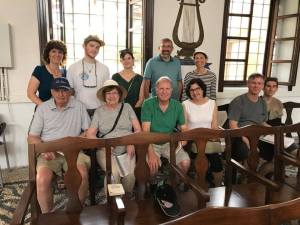
 After visiting the synagogue, we roamed the streets looking for other remnants of the family’s past. Unlike in 1999, they were harder to find because no one on this journey remembered where they were. We followed a map of Jewish sites and found the standing facade of the former Alliance Israelite Universelle school that my uncles attended and what we believe may be remnants of another synagogue.
After visiting the synagogue, we roamed the streets looking for other remnants of the family’s past. Unlike in 1999, they were harder to find because no one on this journey remembered where they were. We followed a map of Jewish sites and found the standing facade of the former Alliance Israelite Universelle school that my uncles attended and what we believe may be remnants of another synagogue.
The following day we visited the cemetery where several of our relatives are buried, along with thousands of other Jews from Rhodes. During my last night on Rhodes I wandered the back streets and  alleys alone, thinking about how my ancestors had done the same thing nearly 80 years ago!
alleys alone, thinking about how my ancestors had done the same thing nearly 80 years ago!
Among Rhodes descendants, it’s common for families to make pilgrimages to Rhodes. There is even a website where people can notify others that they are going to visit. I marveled at this fact and wondered why people are still connected to a place where the language is no longer the same that our ancestors spoke, where only a handful of Jews remain, and that serves as a sad reminder to a vibrant community lost at the hands of cruelty. What is the draw? Why do people still go there? Why do we still care? And how long will descendants continue to flock to this place that holds nothing new, only fading memories?
There’s no question that the island is magical. Fresh sea breezes from the multiple shades of vibrant blue Aegean Sea waft into the well-preserved walled Old City. It’s no wonder Rhodes is one of the most popular tourist sites in Europe. A trip to Rhodes can be a beach vacation, a historic endeavor, a shopping spree – or all of the above. I wonder if this is why so many Jews with ancestors from Rhodes come back. It’s easy, pleasant, and relatively simple to do. And after touring the synagogue, museum and cemetery, it’s natural to turn the visit into a shopping, eating and beach extravaganza. Would there be the same interest in a cold, abandoned Polish or Russian village?
But what will happen once future generations lose the connection to Rhodes? What can we expect when these generations forget the stories of their ancestors, lose the family recipes for food eaten in Rhodes, no longer feel the pain of those lost in the Holocaust? What will happen if they flee the Jewish religion?
I don’t have the answers. I do know that my generation is doing all in its power to keep the memories, culture and religion alive. We support the synagogue and museum in Rhodes with visits, donations and religious and historic education.
Many of the Jews of Rhodes – Sephardic Jews – trace their history to the expulsion from Spain during the Inquisition. But the first Jews in Rhodes can be traced back way further, to the 12th century, when Rabbi Benjamin of Tudela, Spain, first referenced a Jewish community of about 400 Jews there. It’s unknown when they arrived.
Just like we don’t know exactly when the Jews arrived in Rhodes, we don’t know when they’ll stop coming. That is the question I’m left with after visiting this summer. Will my children ever return? Will their children? I may never know. But for now, I hope visitors keep going – and supporting the institutions that are there as reminders of a community that was. And, perhaps, at some point in the future, it will be transformed into a living Jewish community, instead of one that simply remembers the past.


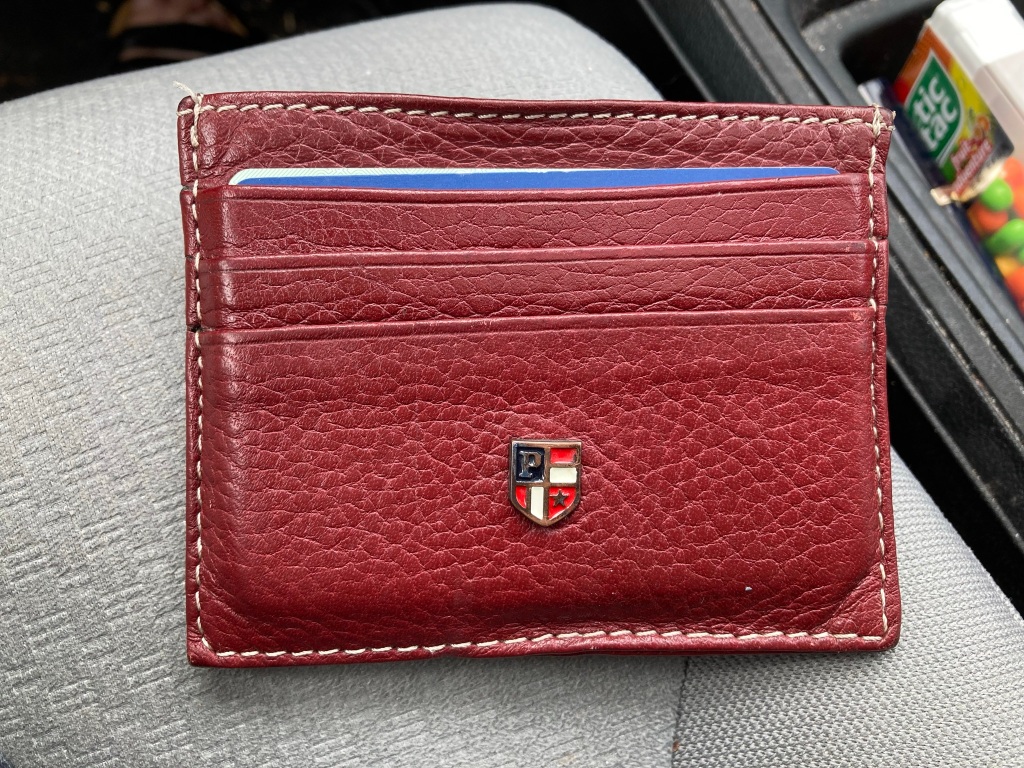






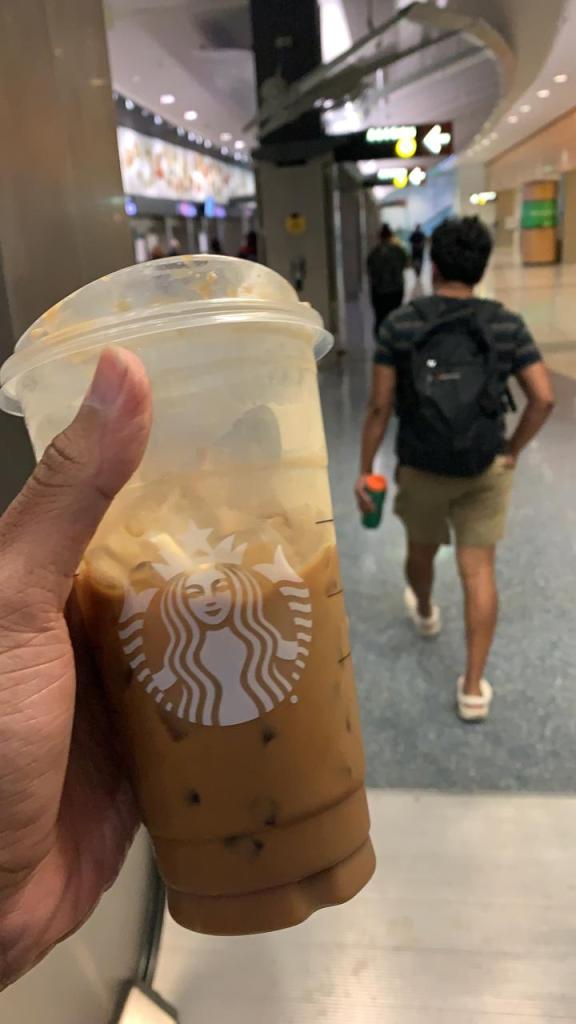


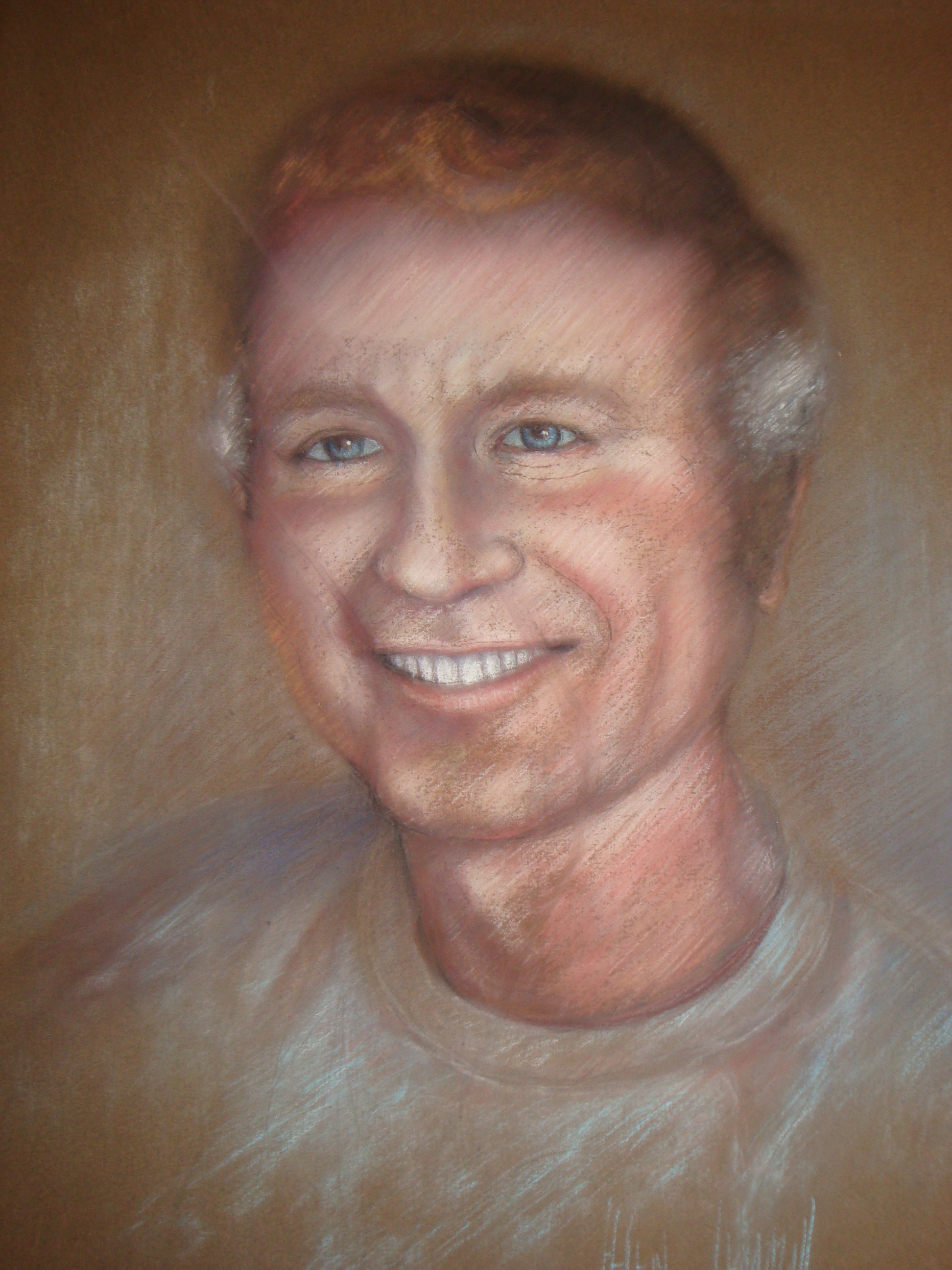 Two short months after my father-in-law Dale passed away our family faced the very difficult challenge of celebrating Christmas in his house – without this patriarch we loved so much. Dale was a man you couldn’t help but love. He was quirky and jolly and quite chatty – for an engineer. He pulled his large and growing family together at family events – with memorable adult Easter egg hunts, Thanksgivings that started with a speech and crazy Christmas celebrations where he put up with the antics of all the grand kids that were encouraged by his wife Hellen. The kids bounced on a mini trampoline, dressed in grandma’s clothes, and slid down the steep carpeted stairs in sleeping bags. Good times!
Two short months after my father-in-law Dale passed away our family faced the very difficult challenge of celebrating Christmas in his house – without this patriarch we loved so much. Dale was a man you couldn’t help but love. He was quirky and jolly and quite chatty – for an engineer. He pulled his large and growing family together at family events – with memorable adult Easter egg hunts, Thanksgivings that started with a speech and crazy Christmas celebrations where he put up with the antics of all the grand kids that were encouraged by his wife Hellen. The kids bounced on a mini trampoline, dressed in grandma’s clothes, and slid down the steep carpeted stairs in sleeping bags. Good times!









